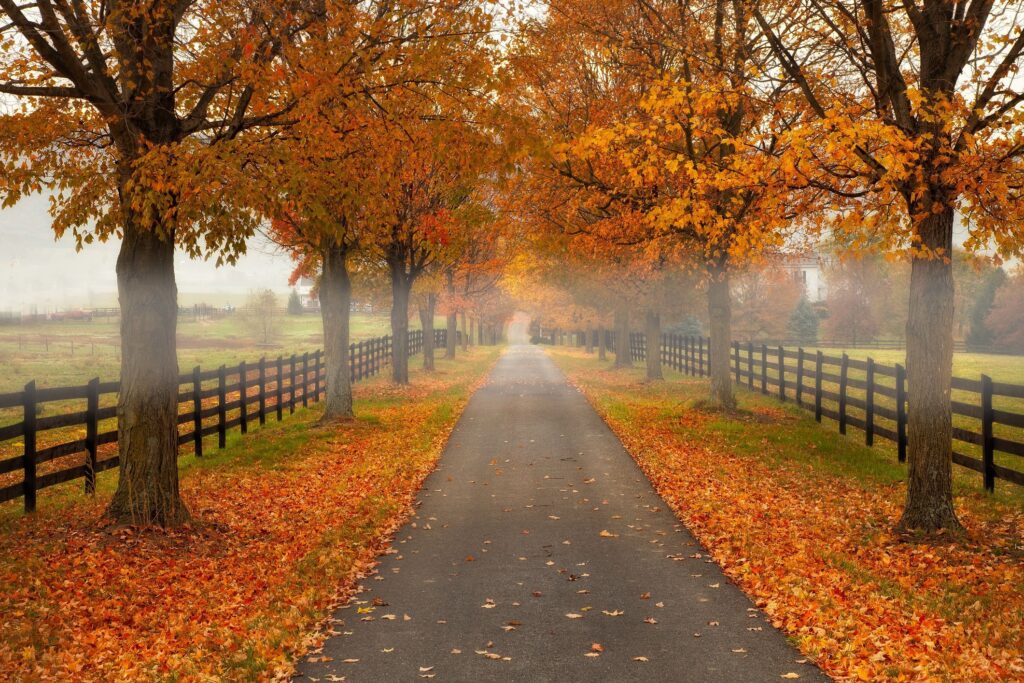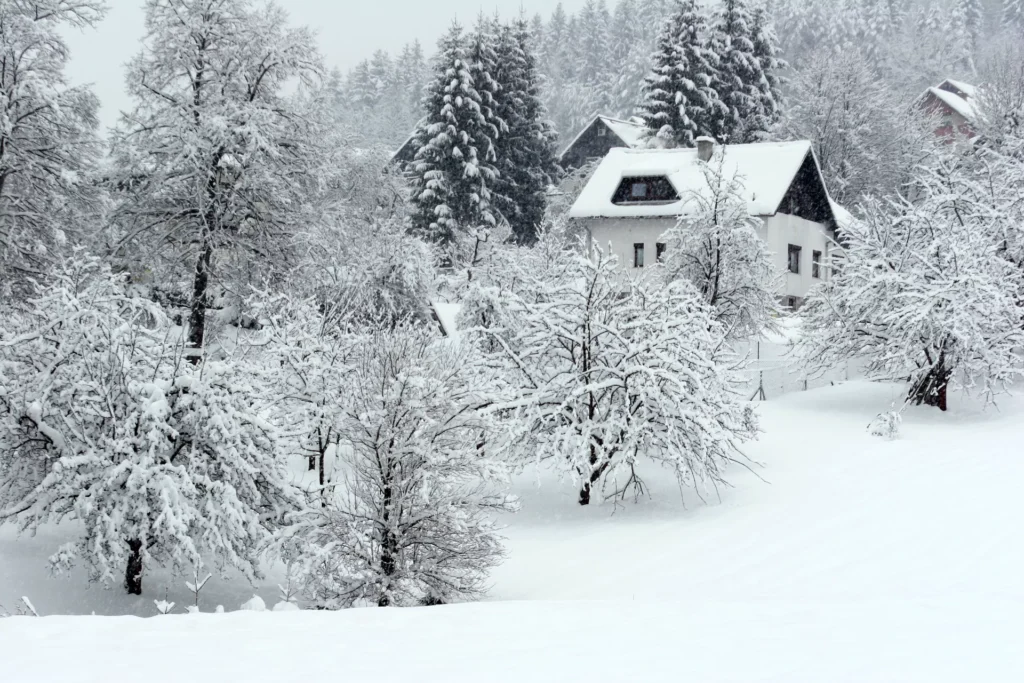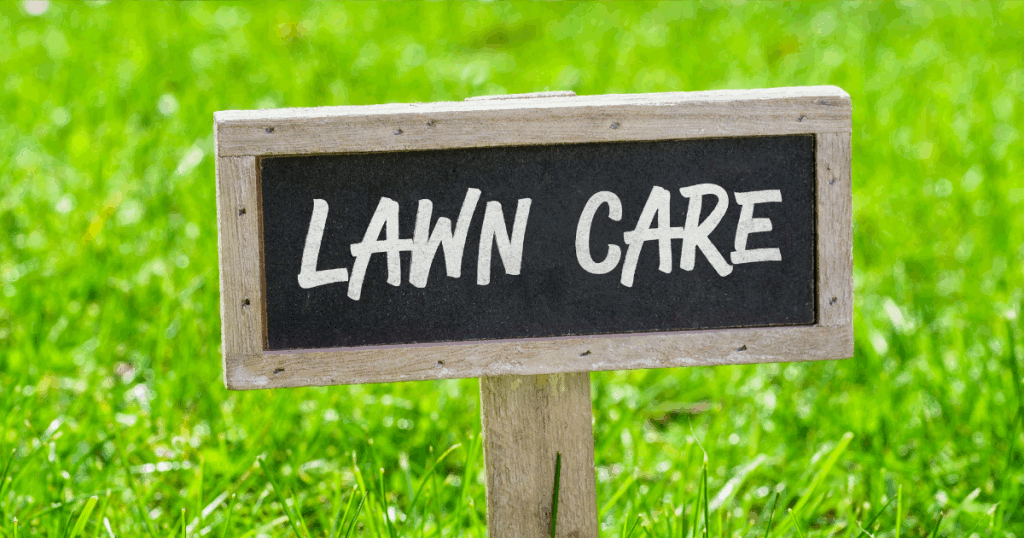In the serene landscapes of Edmonton, nurturing a healthy and vibrant lawn is more than just a cosmetic endeavor—it’s a testament to your dedication to a beautiful living space. Achieving that lush green oasis, however, requires more than occasional mowing and watering. This guide dives deep into the intricacies of lawn care Edmonton and provides you with actionable insights and expert advice for verdant lawn care tips.
Table of Contents
Understanding Edmonton’s Unique Climate
Edmonton’s climate poses unique challenges for lawn care enthusiasts. With cold winters and warm, sometimes dry summers, selecting the right grass type is crucial. Cool-season grasses like Kentucky Bluegrass and Fine Fescue are well-suited to Edmonton’s climate, offering resilience against temperature fluctuations.
Soil Preparation for Optimal Growth
The foundation of a healthy lawn lies in the soil. Conducting a soil test to determine its composition is the first step. Edmonton’s clayey soil may require amendments like organic matter to enhance drainage and nutrient availability. This section provides a step-by-step guide to preparing the soil for optimal grass growth.
Seasonal Lawn Care Tips
Edmonton experiences distinct seasons, each demanding tailored care for your lawn. From spring aeration and overseeding to winterizing your grass in the fall, this section breaks down the seasonal tasks to ensure year-round vibrancy in your lawn.
Spring

As the winter frost fades, spring marks the beginning of the active growth season for your Edmonton lawn. During this crucial time, focus on fertilization to provide essential nutrients for grass development. Aeration becomes paramount, ensuring oxygen and nutrients penetrate the soil.
Weed control is also vital in spring, preventing invasive plants from overshadowing the emerging grass. Adequate watering, avoiding excessive saturation, and early mowing to encourage thickening are key practices for a vibrant spring lawn.
Summer

Edmonton’s warm summer demands strategic lawn care. Effective watering becomes pivotal, emphasizing deep, infrequent sessions to foster deep-root growth. Pest control is essential during these months, as insects become more active.
Regular mowing is crucial, but adjust the blade height to prevent stressing the grass. Additionally, summer is the season for vigilant weed management, ensuring your lawn remains a lush, green haven amidst rising temperatures.
Fall

Autumn signals preparation for the upcoming winter dormancy. Fall lawn care tips in Edmonton involve overseeding to fill in sparse areas and promote thick grass coverage. Fertilization in early fall provides nutrients for root development and Aeration aids in soil oxygenation.
Raking leaves promptly prevents matting and promotes healthy grass. Pest control measures continue, addressing issues like chinch bugs. It’s a season of nurturing resilience for your lawn against the impending cold.
Winter

While winter blankets Edmonton in snow, it doesn’t mean neglect for your lawn. Snow mold prevention is crucial, achieved by keeping the lawn clear of debris before snowfall. Strategic snow removal prevents damage, ensuring your grass remains intact when spring arrives.
Applying a winterizing fertilizer in late fall provides nutrients for the dormant period. Though seemingly inactive, your lawn in winter requires thoughtful care to emerge resilient and vibrant when the snow melts away.
Mowing Techniques for a Manicured Lawn:
Grass Height Guidelines:
- Explore different grass types and their ideal cutting heights for a manicured appearance.
- Understand the “one-third rule” – never remove more than one-third of the grass blade in a single mowing session.
Frequency of Mowing:
- Develop a mowing schedule based on grass growth rates and seasonal changes.
- Discuss the impact of infrequent mowing on lawn health and aesthetics.
Importance of Sharp Blades:
- Highlight the significance of sharp mower blades in achieving a clean cut.
- Provide tips on maintaining and sharpening mower blades for optimal performance.
Mowing Patterns:
- Introduce various mowing patterns to prevent soil compaction and promote even grass growth.
- Explain the benefits of alternating mowing directions for a professional finish.
Clipping Management:
- Discuss the pros and cons of leaving grass clippings on the lawn (mulching) versus collecting them.
- Explore how clippings can contribute to soil health and moisture retention.
Irrigation Strategies in Edmonton:
Understanding Edmonton’s Climate:
- Provide an overview of Edmonton’s semi-arid climate and its impact on lawn care.
- Discuss temperature variations and precipitation levels throughout the year.
Watering Schedule Recommendations:
- Guide homeowners on establishing a suitable watering schedule based on climate conditions and grass type.
- Emphasize the importance of adapting schedules during dry spells or excessive rainfall.
Efficient Sprinkler Systems:
- Explain the benefits of installing modern and efficient sprinkler systems.
- Provide guidance on zone planning, watering duration, and adjusting for seasonal changes.
Smart Irrigation Technology:
- Explore the use of smart irrigation controllers and sensors for efficient water management.
- Discuss how technology can help conserve water by adjusting irrigation based on weather forecasts and soil moisture levels.
Drought-Tolerant Landscaping:
- Suggest drought-resistant grass varieties and landscaping techniques suitable for Edmonton’s climate.
- Provide tips on xeriscaping to reduce the overall need for irrigation.
Dealing with Common Lawn Issues
Every lawn faces challenges, and Edmonton’s unique conditions contribute to specific issues. From tackling common weeds to identifying and addressing pest infestations, this section equips you with proactive solutions.
Weed Control:
Preventative Measures:
- Discuss strategies for preventing weed growth, including proper lawn maintenance practices such as regular mowing and watering.
- Explore the use of pre-emergent herbicides to stop weed seeds from germinating.
Selective Herbicides:
- Identify selective herbicides that target specific weeds without harming the surrounding grass.
- Provide guidelines on application timing and dosage for optimal effectiveness.
Organic Weed Control:
- Introduce organic methods for weed control, such as hand pulling, mulching, and using natural herbicides.
- Discuss the benefits of eco-friendly approaches for long-term lawn health.
Targeting Specific Weeds:
- Provide insights into dealing with common Edmonton weeds like dandelions and clover.
- Explain specific treatments for different weed types, considering their life cycles and vulnerabilities.
Post-Emergent Herbicides:
- Explore the use of post-emergent herbicides for controlling existing weed populations.
- Emphasize the importance of timing applications to coincide with the weed’s growth stage.
Pest Management:
Identifying Lawn Pests:
- Educate homeowners on common lawn pests in Edmonton, such as chinch bugs and sod webworms.
- Provide guidance on recognizing the signs of pest infestations.
Cultural Practices for Pest Prevention:
- Discuss cultural practices that discourage pest activity, including proper watering, aeration, and fertilization.
- Emphasize the importance of maintaining a balanced and healthy lawn to resist pest damage.
Biological Pest Control:
- Explore the use of natural predators, beneficial nematodes, or microbial insecticides for biological pest control.
- Highlight the advantages of minimizing reliance on chemical solutions.
Chemical Pest Control:
- Identify effective insecticides for specific pests while minimizing environmental impact.
- Provide guidelines for safe and responsible pesticide use.
Integrated Pest Management (IPM):
- Introduce the concept of IPM, combining multiple strategies for comprehensive pest control.
- Discuss how monitoring, biological controls, and targeted chemical treatments work together in an integrated approach.
Environmentally Friendly Lawn Care Practices
As sustainability becomes a focal point, adopting eco-friendly lawn care tips practices is not just a choice but a responsibility. This section explores organic fertilizers, natural pest control methods, and other environmentally conscious approaches to lawn care.
Conclusion
Achieving a lush green lawn in Edmonton requires a thoughtful and proactive approach. By understanding the unique challenges presented by the climate and soil, implementing effective lawn care practices, and embracing eco-friendly solutions, you can transform your outdoor space into a haven of natural beauty.
FAQs
Q: How often should I water my lawn in Edmonton during the summer?
A: It’s recommended to water your lawn deeply once a week during the summer to encourage deep root growth.
Q: Can I use the same fertilizer for all seasons in Edmonton?
A: While a balanced fertilizer can be used throughout the year, adjusting the nitrogen-phosphorus-potassium ratio based on the season is beneficial.
Q: What is the ideal grass height for lawns in Edmonton?
A: Maintaining a grass height of 2.5 to 3 inches is ideal for most grass types in Edmonton.
Q: How can I identify common pests in my lawn?
A: Look for signs such as irregular patches, discolored grass, and the presence of insects during routine inspections.
Q: Is overseeding necessary for an established lawn in Edmonton?
A: Yes, overseeding helps fill in thin or bare areas, promoting a denser and healthier lawn.

